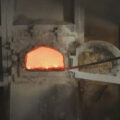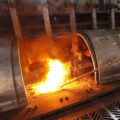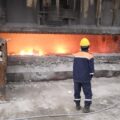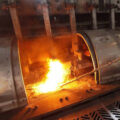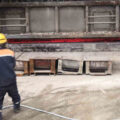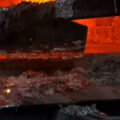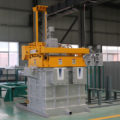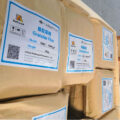During the molten aluminum refining process, the hydrogen atoms dissolved in the molten aluminum undergo migration to the periphery of the refining bubble (Ar or N, etc.), and are adsorbed around the bubble and associated with hydrogen molecules to enter the bubble, and finally float up with the bubble. Kinetic process such as aluminum tapping liquid. This is the process by which hydrogen diffuses in the liquid phase and is adsorbed by bubbles.

Molten Aluminum Refining Process
In the process of aluminum alloy smelting, the refining agent is added to the interior of the melt, and through a series of physical and chemical actions, the effect of removing oxide inclusions is achieved. The impurity removal ability of the refining agent is determined by the adsorption and dissolution of the refining agent on the oxide inclusions in the melt and the chemical effect of the refining agent in the melt. The smaller the interfacial tension between the refining agent and the oxide inclusions, the better the adsorption effect and the stronger the removal of oxide inclusions.
Ways to increase the refining speed are:
(1) Increase the number of bubbles as much as possible and increase the effective contact surface area between molten aluminum and bubbles.
(2) Reduce the bubble diameter as much as possible, and increase the movement speed of the bubbles in the molten aluminum without causing splashing on the surface of the molten aluminum, that is, increase the agitation intensity, strengthen the gas-liquid surface renewal rate, and increase the mass transfer coefficient.
(3) Make the bubbles evenly distributed in the molten aluminum as much as possible, which can effectively reduce the diffusion distance of the hydrogen dissolved in the molten aluminum to the bubbles, which is equivalent to strengthening the diffusion process or mass transfer capacity.
(4) Extend the floating distance of the bubbles in the molten aluminum as much as possible to increase the residence time of the bubbles in the molten aluminum, that is, increase the time for the bubbles to take away the hydrogen.
(5) Use high-purity inert gas, reactive gas insoluble in molten aluminum, or vacuum refining to make the hydrogen concentration at the bubble-liquid interface in molten aluminum tend to zero.

